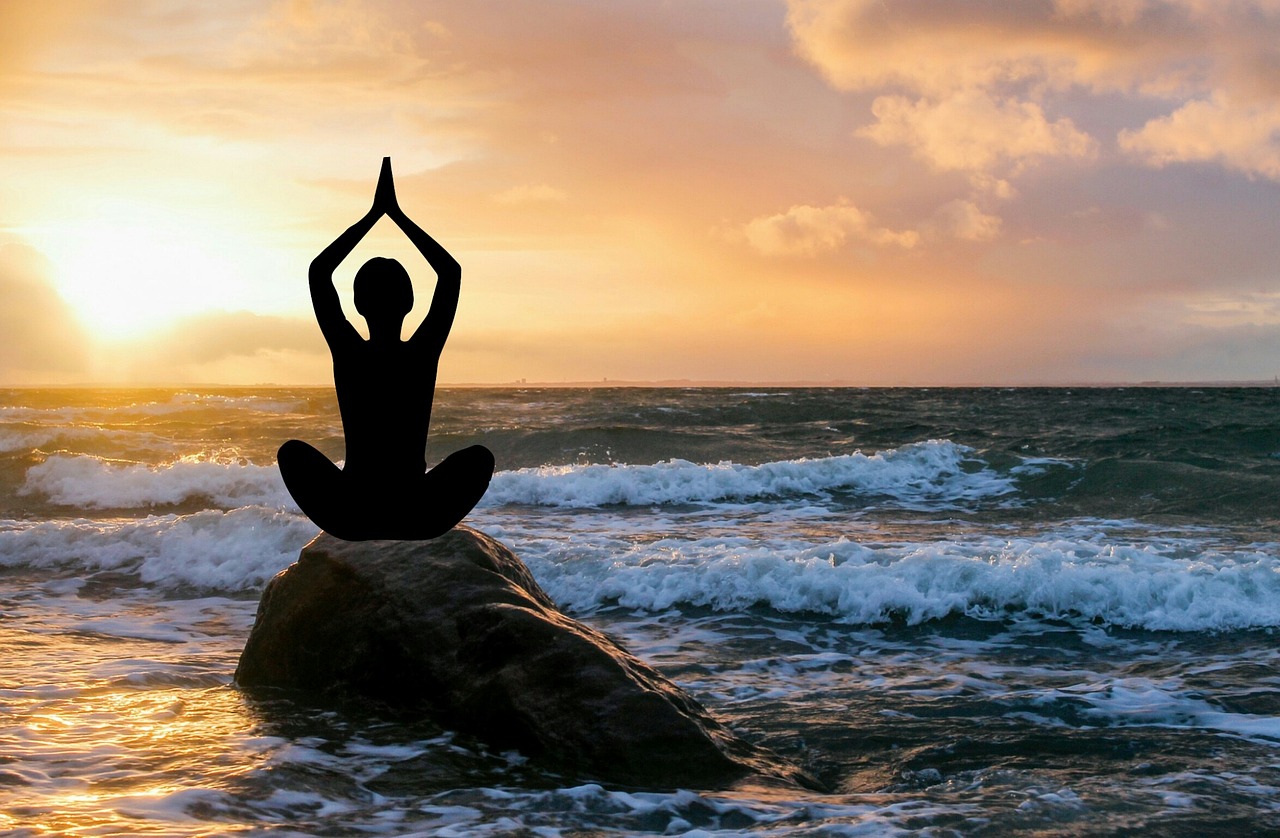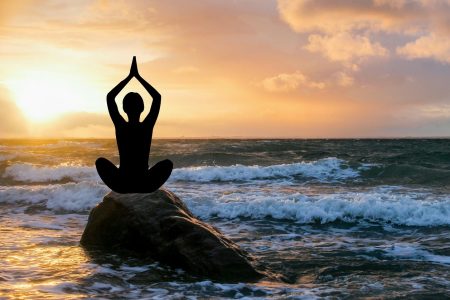
Yoga, an ancient practice that originated in India, has been around for thousands of years. It has evolved and transformed over time, adapting to different cultures and societies. From its early roots in Hinduism to its modern-day popularity in the West, yoga has a rich and fascinating history. In this article, we will take a journey through time and explore the major milestones in the development of yoga, from its earliest origins to the present day. Join us as we delve into the history of this timeless practice and discover how it has shaped the world we live in today.
1. From Ancient Origins to Modern Practice: Tracing the Evolution of Yoga
Yoga is an ancient practice that has evolved over thousands of years. Its origins can be traced back to the Indus-Sarasvati civilization in Northern India over 5,000 years ago. The earliest written records of yoga are found in the Rig Veda, one of the oldest sacred texts in the world. Yoga was originally developed as a way to achieve spiritual enlightenment and union with the divine.
Over time, yoga evolved and became more structured. The Yoga Sutras of Patanjali, written around 400 CE, established the eight limbs of yoga, which include ethical guidelines, physical postures, breath control, and meditation. In the 20th century, yoga gained popularity in the West and became more focused on physical fitness and stress relief. Today, yoga is practiced by millions of people around the world and has many different styles and variations. Whether you practice traditional Hatha yoga or modern Vinyasa flow, the benefits of yoga are undeniable. Regular practice can improve flexibility, strength, balance, and mental clarity.
2. The Journey of Yoga: A Fascinating Timeline of its Historical Development
Yoga is an ancient practice that has been around for thousands of years. Its roots can be traced back to ancient India, where it was developed as a way to achieve spiritual enlightenment. Over time, yoga has evolved and changed, adapting to the needs and beliefs of different cultures and societies. Here is a timeline of the fascinating journey of yoga and its historical development.
– 3000 BCE: The earliest evidence of yoga can be found in the Indus Valley Civilization, where seals depicting yoga postures have been discovered.
– 1500 BCE: The Rigveda, one of the oldest sacred texts of Hinduism, mentions yoga as a means of controlling the mind and body.
– 500 BCE: The Upanishads, a collection of philosophical texts, describe yoga as a way to achieve spiritual liberation.
– 200 BCE: The Yoga Sutras of Patanjali, a seminal text on yoga philosophy and practice, is written.
– 800 CE: Hatha yoga, a branch of yoga that focuses on physical postures and breathing techniques, is developed.
– 1800s: Yoga is introduced to the West by Indian gurus and becomes popularized as a form of exercise and stress relief.
– 1960s: The counterculture movement in the United States embraces yoga as a means of spiritual and physical liberation.
– Today: Yoga has become a global phenomenon, with millions of practitioners around the world. It continues to evolve and adapt, with new styles and variations emerging all the time.
Throughout its long and fascinating history, yoga has been shaped by the beliefs, practices, and cultures of the people who have practiced it. From its ancient roots in India to its modern-day popularity around the world, yoga has remained a powerful tool for achieving physical, mental, and spiritual well-being. Whether you are a seasoned practitioner or a curious beginner, the journey of yoga is one that is well worth exploring.
3. Uncovering the Rich History of Yoga: A Timeline of its Evolution and Influence
Yoga is an ancient practice that has evolved over thousands of years. Its roots can be traced back to the Indus-Sarasvati civilization in Northern India over 5,000 years ago. Over time, yoga has been influenced by various cultures and religions, including Hinduism, Buddhism, and Jainism. Here is a timeline of the evolution and influence of yoga throughout history:
– 3000 BCE: The Indus-Sarasvati civilization practices yoga as a means of spiritual and physical development.
– 1500 BCE: The Vedas, a collection of ancient Hindu texts, mention yoga as a way to achieve union with the divine.
– 500 BCE: The Upanishads, another set of Hindu texts, describe yoga as a means of attaining liberation from the cycle of birth and death.
– 400 BCE: The Yoga Sutras of Patanjali, a foundational text of yoga, is written. It outlines the eight limbs of yoga, including ethical principles, physical postures, and meditation.
– 200 BCE: The Bhagavad Gita, a Hindu scripture, describes yoga as a path to self-realization and devotion to God.
– 500 CE: The Hatha Yoga Pradipika, a text on hatha yoga, is written. It introduces physical postures and breathing techniques as a means of preparing the body for meditation.
– 1200 CE: The Yoga Upanishads, a set of texts on yoga, are written. They describe various forms of yoga, including karma yoga, bhakti yoga, and jnana yoga.
– 1800 CE: Swami Vivekananda introduces yoga to the West during the World Parliament of Religions in Chicago.
– 1900 CE: The first yoga studio is opened in the United States by Pierre Bernard, a student of hatha yoga.
– 1960s CE: Yoga becomes popular in the West as a form of exercise and stress relief.
– Today: Yoga is practiced by millions of people worldwide and has become a multi-billion dollar industry.
Throughout its history, yoga has been influenced by various cultures and religions. It has evolved from a spiritual practice to a form of exercise and stress relief. Today, yoga is practiced by people of all ages and backgrounds, and its benefits are widely recognized. Whether you are looking to improve your physical health, reduce stress, or deepen your spiritual practice, yoga has something to offer. As we conclude our journey through the history of yoga, it is clear that this ancient practice has evolved and adapted over time to meet the needs of different cultures and individuals. From its origins in ancient India to its widespread popularity in the modern world, yoga has proven to be a timeless and transformative practice. Whether you are a seasoned yogi or a curious beginner, we hope this timeline has provided insight into the rich and diverse history of yoga. As we continue to explore the depths of this practice, let us remember to honor its roots while embracing its evolution. Namaste.
